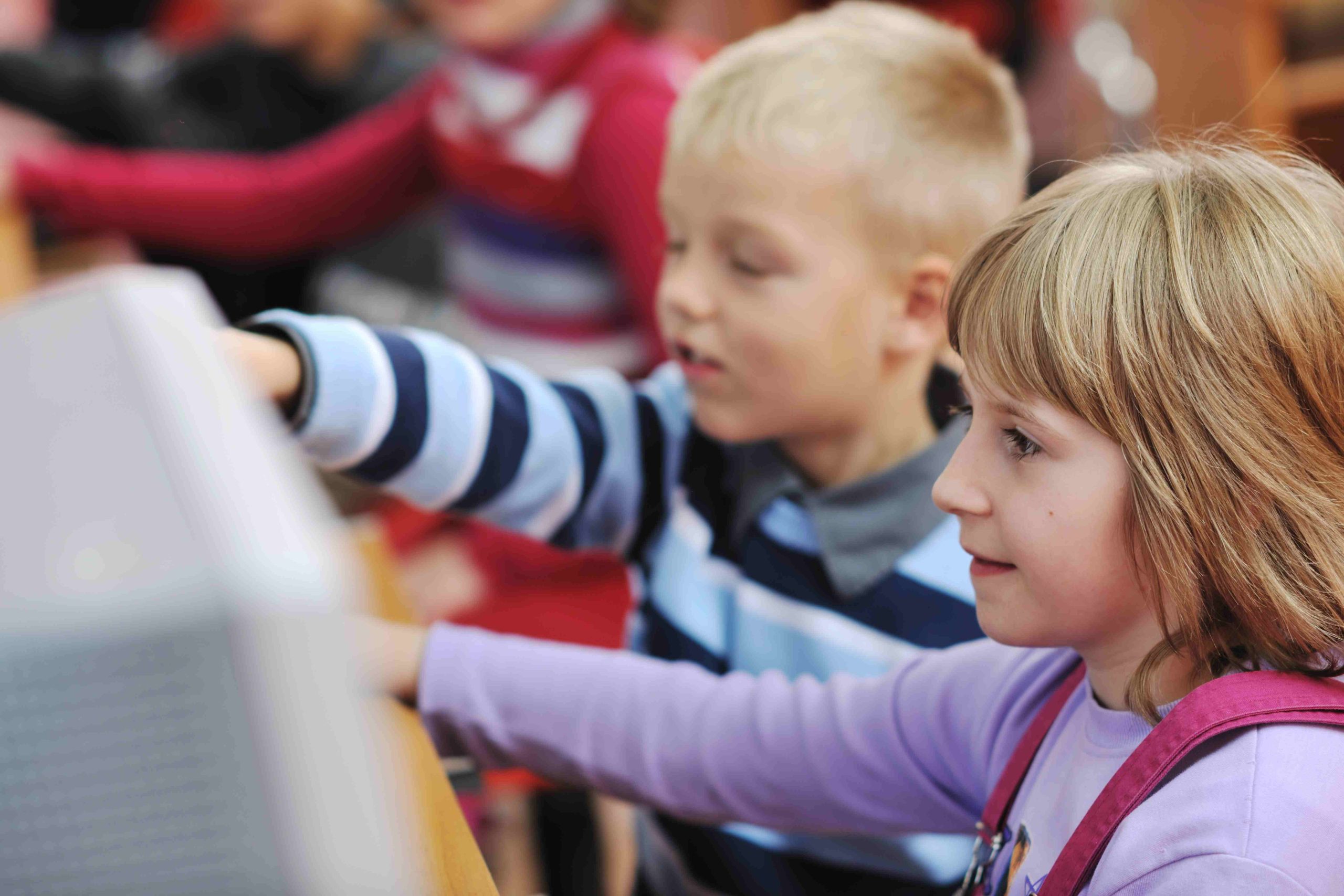
The Significance of Introducing Preschoolers to Data Recording
As society increasingly depends on data and information, instilling the value of data collection and analysis in preschoolers becomes paramount. Despite their young age, preschoolers possess the capability to record and interpret information in their unique way. In this article, we explore the importance of introducing data to young preschoolers and its potential impact on their future.
Understanding Data: A Fundamental Concept
Prior to discussing the significance of preschoolers recording data, it’s crucial to define what data encompasses. Data encompasses various forms of information, including numbers, words, images, and more. It serves as a foundation for decision-making and drawing conclusions. For instance, by gathering data on fruit preferences, one can determine which fruits to stock more of in a grocery store.
Reasons Behind Teaching Data to Preschoolers
Preschoolers, at a pivotal developmental stage, are avid learners of new concepts. Introducing them to data fosters essential skills like observation, analysis, and decision-making. Here are several reasons highlighting the importance of preschoolers learning about data:
- Fostering Critical Thinking Skills: Recording and interpreting data necessitates critical thinking abilities such as observation and analysis, crucial for lifelong problem-solving.
- Encouraging Curiosity: Data collection nurtures preschoolers’ curiosity as they explore and learn about their surroundings through questioning and recording information.
- Supporting Early Learning: Data collection aids in reinforcing early learning concepts like colors, shapes, and numbers, facilitating categorization and identification.
- Developing Communication Skills: Engaging in data collection hones communication skills by encouraging preschoolers to articulate questions and share observations with others.
Strategies for Introducing Data Collection to Preschoolers
Now that we grasp the importance of preschoolers learning about data, let’s explore effective strategies for introducing this concept:
- Commence with Simple Activities: Initiate data collection with straightforward tasks like counting objects or sorting items into categories to prevent overwhelming preschoolers.
- Utilize Visual Aids: Employ visual aids such as charts and graphs to enhance engagement and comprehension during data collection.
- Encourage Exploration: Foster curiosity by prompting preschoolers to explore their surroundings, fostering observation skills and data collection.
- Infuse Fun: Integrate games and enjoyable activities into data collection processes to make learning enjoyable for preschoolers.
Examples of Data Collection Activities for Preschoolers
Providing concrete examples of data collection activities can inspire preschoolers to engage actively. Here are a few suggestions:
- Counting: Engage preschoolers in counting objects like blocks or toys and recording their findings on charts or graphs.
- Sorting: Encourage preschoolers to categorize items by attributes like colors or shapes and document their observations visually.
- Weather Tracking: Involve preschoolers in monitoring weather conditions and recording data such as temperature and weather patterns.
- Food Preferences: Conduct surveys on classmates’ food preferences to gather data and analyze popular choices.
- Animal Observations: Encourage preschoolers to observe animals and note behaviors or characteristics, fostering an appreciation for the natural world.
- Plant Growth: Facilitate hands-on learning by planting seeds and recording growth observations over time.
- Personal Habits: Support preschoolers in tracking personal habits like water consumption or physical activity, promoting self-awareness.
Benefits of Data Collection for Preschoolers
The advantages of data collection extend beyond skill development. Here’s why it’s valuable for preschoolers:
- Skills Development: Data collection cultivates critical thinking, creativity, and communication skills essential for lifelong learning.
- Encouragement of Creativity: Engaging in data collection empowers preschoolers to think creatively and innovate in information processing.
- Reinforcement of Early Learning: Data collection activities reinforce foundational concepts like colors, shapes, and numbers, enhancing educational outcomes.
- Promotion of Communication and Teamwork: Collaborative data collection fosters communication and teamwork skills as preschoolers share findings and collaborate on projects.
- Preparation for the Future: Early exposure to data collection equips preschoolers with a valuable skill set applicable to academic and professional pursuits.
Implementing Data Collection Activities: Strategies for Success
To ensure the effectiveness of data collection activities, consider these best practices:
- Adapt to Developmental Level: Tailor activities to preschoolers’ developmental stages, employing age-appropriate language and materials.
- Provide Clear Guidance: Offer concise instructions and use visual aids to clarify expectations and facilitate comprehension.
- Engage with Stimulating Materials: Utilize colorful visuals, games, and interactive tools to sustain preschoolers’ interest and motivation.
- Reinforce Positive Efforts: Celebrate achievements and offer positive reinforcement to foster a supportive learning environment.
- Involve Family Participation: Encourage family involvement to strengthen communication between home and school and reinforce learning.
- Evaluate and Adapt: Continuously assess outcomes and refine activities based on feedback to enhance learning experiences.
Overcoming Challenges in Implementing Data Collection Activities
While implementing data collection activities offers numerous benefits, it’s essential to address potential challenges:
- Attention Span: Recognize preschoolers’ limited attention spans and design activities accordingly to maintain engagement.
- Understanding: Simplify concepts and provide ample support to ensure comprehension and participation.
- Motor Skills: Offer assistance and age-appropriate tools to facilitate accurate data recording, considering preschoolers’ developing motor skills.
- Patience: Foster motivation and resilience by acknowledging efforts and fostering a positive learning environment.
- Resource Constraints: Seek innovative solutions and utilize freely available resources to overcome limitations in materials, time, and funding.
Conclusion: The Relevance of Data Collection for Preschoolers
Data collection serves as a fundamental skill for preschoolers, laying the groundwork for future academic and professional pursuits. By fostering problem-solving, critical thinking, and communication skills, data collection empowers preschoolers to navigate the complexities of the modern world effectively.
With these insights and strategies, educators and caregivers can create enriching environments where preschoolers thrive as data collectors, equipped with the skills and curiosity needed for lifelong learning.


